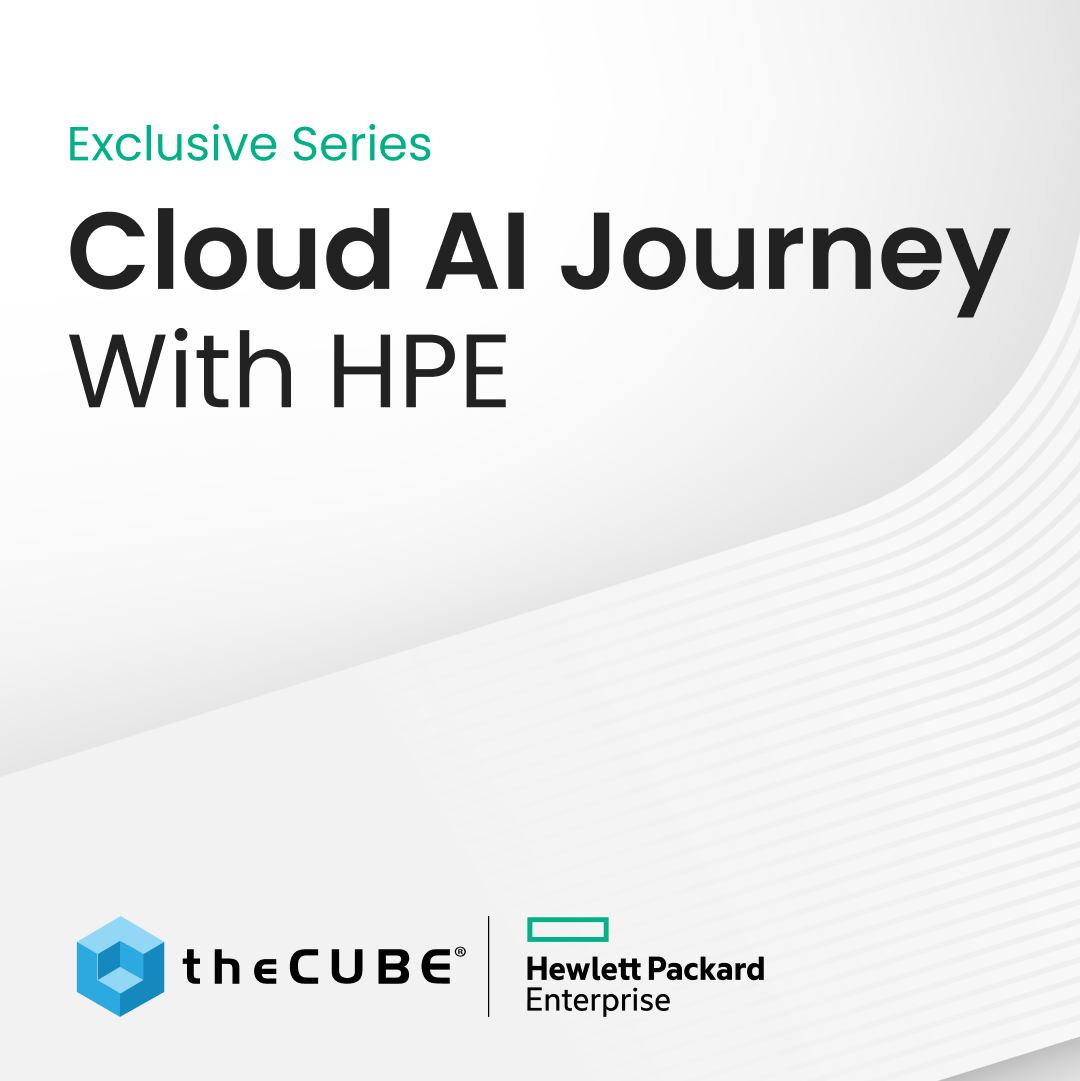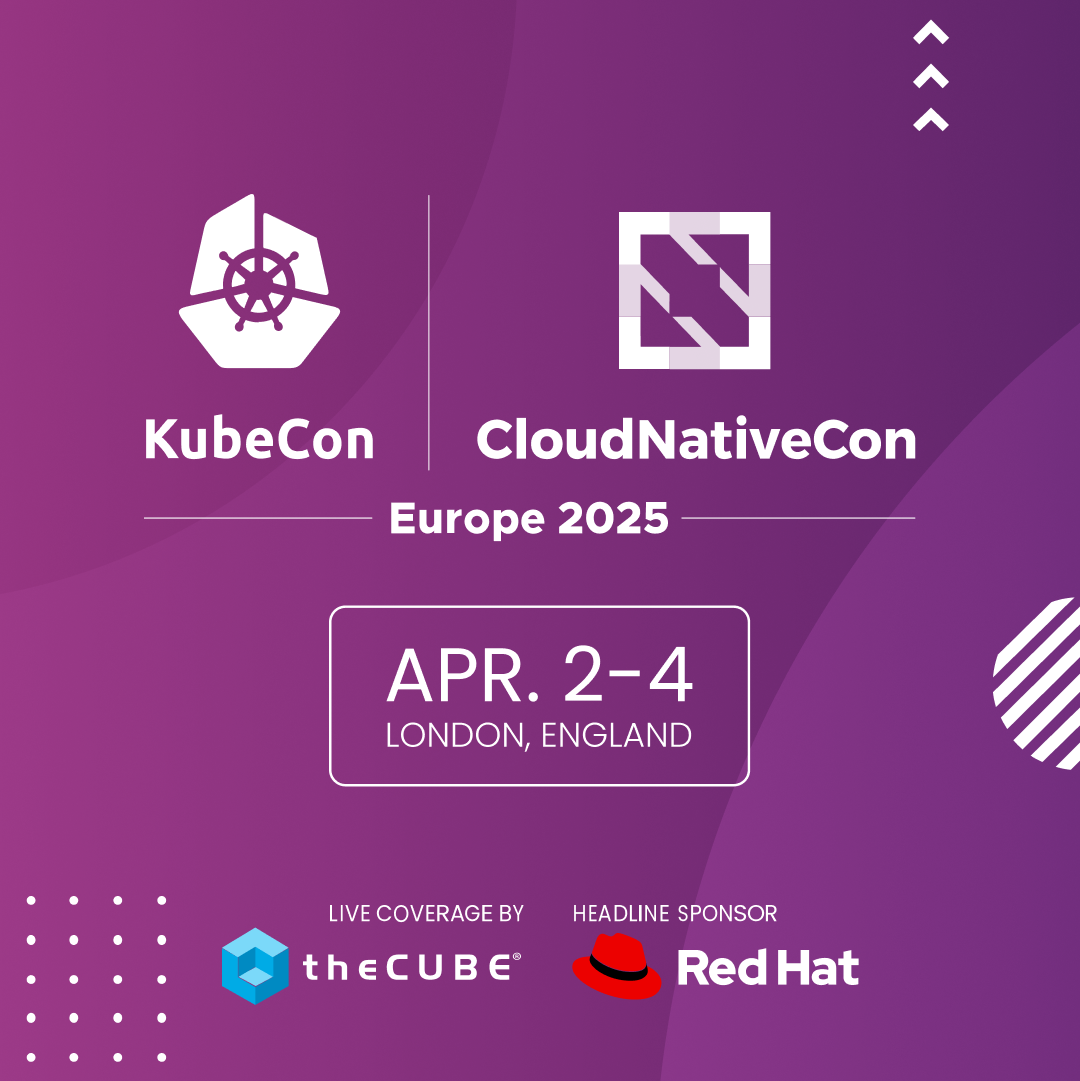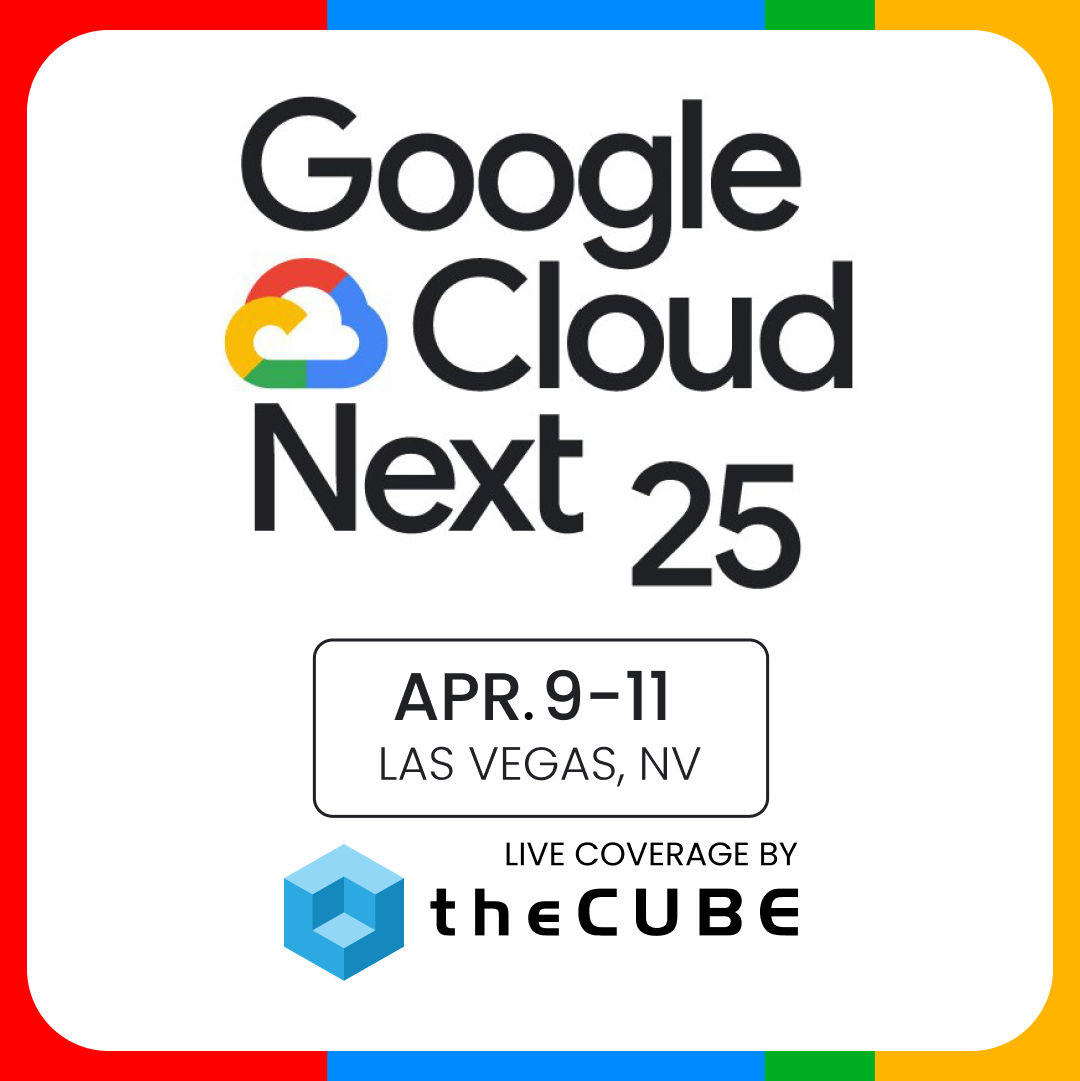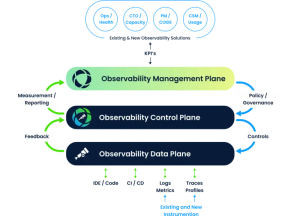Adapt or die: How to not be the Kodak of the tech industry | #Know14
![]() At this week’s ServiceNow Knowledge 2014 event at the Moscone Center in San Francisco, SiliconANGLE’s theCUBE co-hosts Jeff Frick and Dave Vellante welcomed Geoff Moore. Moore is a Venture Partner with Mohr Davidow Ventures as well as the bestselling author of such tomes as Crossing the Chasm, The Gorilla Game, and Dealing with Darwin. His primary field of expertise is in market development and business and investment strategies. He was a featured speaker at this year’s Knowledge 2014 CIO Decisions.
At this week’s ServiceNow Knowledge 2014 event at the Moscone Center in San Francisco, SiliconANGLE’s theCUBE co-hosts Jeff Frick and Dave Vellante welcomed Geoff Moore. Moore is a Venture Partner with Mohr Davidow Ventures as well as the bestselling author of such tomes as Crossing the Chasm, The Gorilla Game, and Dealing with Darwin. His primary field of expertise is in market development and business and investment strategies. He was a featured speaker at this year’s Knowledge 2014 CIO Decisions.
Moore shared the overall vibe among the 100 or so assembled CIO’s at the conference by acknowledging that they recognized, especially after ServiceNow CEO Frank Slootman’s keynote, the idea that the infrastructure itself could be turned inside out, enabling the entire Enterprise to be service enabled. “The CIO’s understand that this is a different vision, that you could service not just IT, but also Enterprise HR, Marketing, and any other shared service that you could turn into a bunch of services and then call in and use ServiceNow as a platform,” he explained. “How do we map from the old way that thinks about this as an internal productivity facility to the new way that understands this is an Enterprise enablement platform? That’s a big move.”
Make Way for Systems of Engagement
The evolution of IT is morphing from a System of Record to a System of Engagement. As Moore explains it, we are in the midst of a paradigm shift where IT, which once existed to tell the company about their business, has now become the business. “You saw what happened to newspapers,” Moore said. “IT isn’t about the newspaper business. IT is displacing the newspaper business. Google is displacing the media business. Amazon is displacing retail. Mobile banking is displacing banking. Airbnb. Uber. I mean, we’ve got the taxi guys worried.” He continued, “It’s a digital world. I think that was the core of the discussion [at CIO Decisions]. Which CIO am I? What do I have permission to be? Do my colleagues get this? Am I competent to do it if they do?”
Watch the interview in its entirety here:
Adding to much of the potential anxiety faced by the CIO set is their established relationships with incumbent vendors. Moore discussed the transition away from Systems of Record to Systems of Engagement and how that will affect both the purveyors and buyers. “First of all,” he began, “you’re never going to get rid of your Systems of Record.” Continuing, he said, “But, at the margin, we’ve probably extracted most of the lifetime value from that investment already. So, you need to maintain them. The industry is consolidating around an anchor set of vendors who we trust to do that.” But it is patently obvious the major growth sector will be around Systems of Engagement and incumbent vendors, locked into existing business models and obligations to investors, will find it hard to navigate from the old world to the new.
Paddling Through the Wave
In Moore’s last book he addressed this topic specifically. “Why is it so hard for the established incumbents to catch the next wave,” he asked. Citing Amazon’s amazingly disruptive AWS he asked, “Why is Amazon so unopposed in many of its initiatives? Well, their business model and their economic model is completely divorced from the incumbent model.” The incumbent vendors are able to understand Amazon. They just don’t know how to turn the ship that is their own company in any meaningful way that doesn’t betray the corporate structure. “My example of this is Kodak,” Moore offered. “Antonio Perez came from HP. He knew what he was getting into. He understood digital. Everybody at Kodak understood digital. But they just couldn’t get to the other place,” he stated. “We call it ‘escape velocity’. How do you free yourself from your own past?”
Moore does think, however, that Amazon will not be unchallenged for too much longer. “I think Microsoft is going to give a very, very big run at doing that,” he explained. And that could pay huge dividends to Microsoft or whichever legacy vendor can manage a significant play. “You would wish that every one of those vendors would [do it]. If any of those vendors approached any of these CIO’s that they already have a relationship with and said ‘we’re really going to try to play here. Would you help?’ every CIO would say yes. They don’t want to change their relationships.”
The acquisition model will not be enough to save the older, larger companies, Moore contends. “I think what happens when you write a check is that you just bring a hot property into cold molecules,” he stated. “I don’t think that will work.” Instead, Moore urges any incumbent trying to bridge from the old world to this new one to “pull part of your own DNA and capability and literally just jump.”
Managing the Upheaval
Wrapping up the interview, Vellante asked Moore if he could share with the broadcast audience a bit about what he is specifically working on that is exciting.
“I think the issue of working with management teams to explain that it is a self-imposed exile that they are putting themselves under,” he began. “I’ll call it the Kodak problem because I don’t want to talk about anybody in high tech, specifically. This is a slow glide path to extinction. We all know that,” he said. “And, by the way, off the record, they know it, too. This is not a failure of intellect. This is a failure of will.”
Moore’s path out of this exile includes having to be able to tell a story to your investors. Additionally, they have to be able to negotiate a different operating model inside the company. “What they’ve done so far is acknowledge they have their established businesses and they have their innovative businesses. And they know enough to keep them apart. That part is not the problem,” he explained. “The moment of truth is whether or not they can scale their innovative businesses to actually become part of their historical portfolio.” This, he says, involves taking resources from the established business, challenging those that are compensated based on quarterly earnings projections to support possibly operating at a loss for the overall betterment of the company. “The focus is on business model planning and investor relations and organizational development,” Moore stated. He urges incumbent vendors to resist the urge to place bets on multiple innovations at a single time. The focus should solely be on the best one ready for go-to-market.
This interview along with others from this week’s ServiceNow Knowledge 2014 and IBM Impact events can be viewed in their entirety at SiliconANGLE’s YouTube channel.
photo credit: mwanasimba via photopin cc
A message from John Furrier, co-founder of SiliconANGLE:
Your vote of support is important to us and it helps us keep the content FREE.
One click below supports our mission to provide free, deep, and relevant content.
Join our community on YouTube
Join the community that includes more than 15,000 #CubeAlumni experts, including Amazon.com CEO Andy Jassy, Dell Technologies founder and CEO Michael Dell, Intel CEO Pat Gelsinger, and many more luminaries and experts.
THANK YOU













